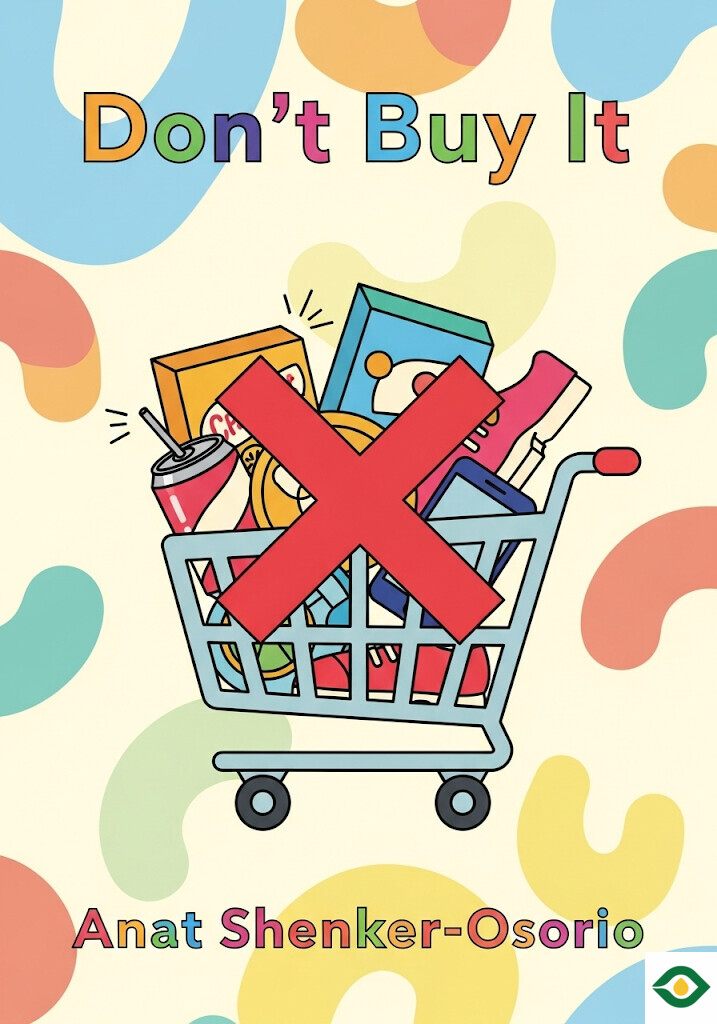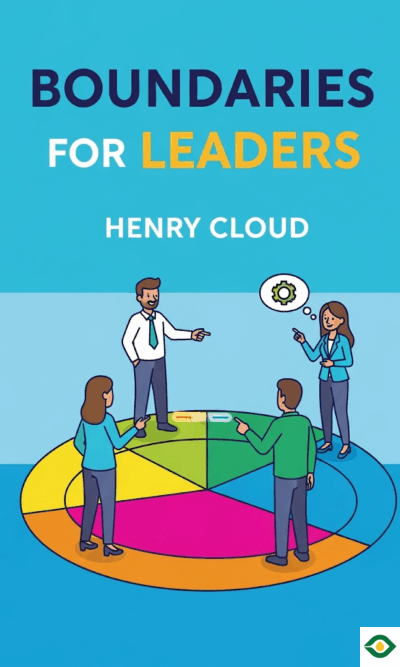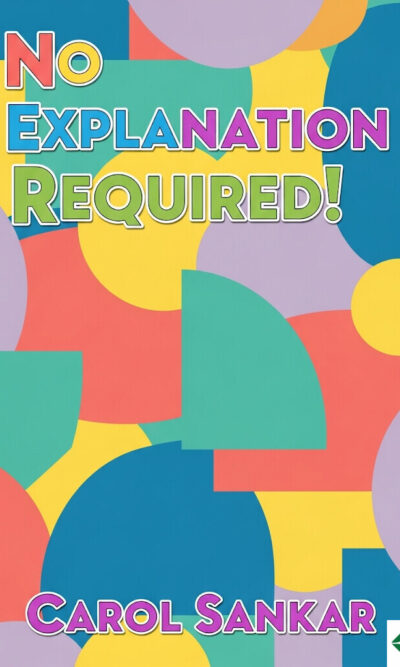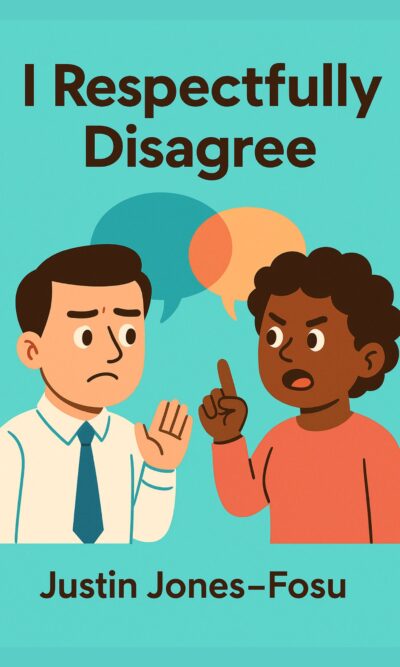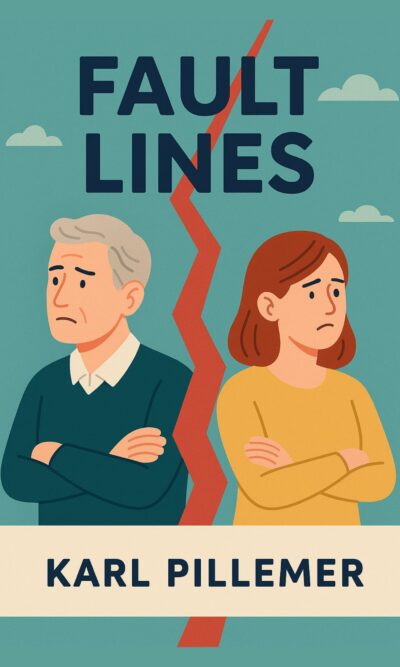Description
This book argues that politics is not only about facts and numbers. It is also about words, stories, and pictures in our heads. When leaders and the media talk about money, markets, and jobs, they often rely on metaphors. These metaphors make complex ideas feel simple. But they also push our minds toward certain conclusions. If we want fairer rules and real change, we must choose better language and stop borrowing frames that work against us.
The author looks back at the 2007–2008 financial meltdown. Many people said that crisis explained all our current problems. But the truth is harsher. Pay for most workers had been stuck for decades while productivity rose. Profits grew, but wages did not. Wealth collected at the top. By the time the housing bubble burst, millions of families were already stretched thin. When the crash came, it hit them hardest. Many lost homes and savings, and communities of color suffered the most. Government rushed to rescue big banks. Everyday people got far less help. The meltdown did not create inequality. It exposed and deepened it.
After the crash, interest in economic news spiked. More people seemed open to big ideas. Progressive experts finally got airtime. A change in direction felt possible. Yet the policy course barely moved. In the 2010 midterms, anti-government rhetoric surged. How did that happen? One reason, the book says, is language. Conservative politicians and pundits chose powerful, sticky metaphors. They described the economy as a sick patient. They said it was “ailing” and needed “rest” and a careful “recovery.” This picture suggests that the illness is natural and that the best cure is to wait, not to act. If the economy is a body, any intervention sounds like risky surgery. That frame turns bold policy into a threat.
Another favored story casts markets as moral judges. In this story, wealth is a reward for virtue, and poverty is a punishment for bad choices. You can hear it in lines about “makers and takers,” and in claims that mortgage relief would “reward bad behavior.” This frame shifts attention away from fraud, deregulation, and power. It places blame on people who were sold toxic loans or who lost jobs to forces they did not control. When the public absorbs this story, it becomes harder to build support for consumer protection, strong oversight, or shared investment in opportunity.
Why do these frames work so well? Research on cognition and language shows that metaphors are not just decoration. Our brains use them to make sense of abstract issues. Describe crime as a “beast,” and people favor crackdowns. Describe it as a “virus,” and they favor prevention. The same mental shortcut operates in economics. The first image that sticks can shape what voters see as common sense. That is why fighting over language is not trivial. It is strategy.
So what should reformers do? The book proposes a better central image: the economy as a car, not a patient. A car is a human-made machine. It needs a driver, rules of the road, working brakes, and regular maintenance. If it veers off, you steer. If it stalls, you jump-start it. If parts fail, you replace them. This metaphor invites action and responsibility. It makes regulation feel like safety, not meddling. It also highlights fairness: some people start the trip with better engines and more fuel, while others carry heavy baggage or face roadblocks. Policy can smooth the road, remove barriers, and ensure everyone has a decent vehicle. The car frame turns the economy from a mystical force into a tool that should serve people.
The book also warns against certain words that quietly weaken the case for change. “Crisis” sounds sudden and fated, like a storm that passes. It hides the long build-up of bad rules and bad bets. Better terms are “damage,” “failure,” or “economic wrongdoing,” which imply cause, responsibility, and repair. The same goes for “reform.” Reform suggests light adjustments to something basically sound. If the goal is serious change, use phrases like “overhaul,” “rules that put people first,” or “strong guardrails.” Clear, active language makes bold ideas feel both necessary and normal.
Avoiding the passive voice is another key step. The passive hides actors and dulls urgency. We hear that “wages were pushed down” or “homes were lost.” By whom? The stronger version names who did what: “Employers kept pay flat while profits rose,” or “banks took people’s homes through predatory loans.” Naming actors helps the public see patterns, not accidents. It also restores empathy. When we say, “people are losing their homes,” listeners may treat loss as bad luck. When we say, “lenders took their homes with deceptive contracts,” listeners look for justice.
The book also challenges the common habit of describing inequality with vertical images like “top” and “bottom.” These images carry feelings of hierarchy and deserved status. They echo old beliefs that the “upper” class is better and the “lower” class is lesser. Instead, think in terms of “balance” and “barriers.” People dislike imbalance because it feels unsafe and unfair. They also understand barriers: locked gates, tolls, blocked exits, broken ladders. Talking about “barriers to education, credit, housing, and health” points to structures that can be removed. It says the problem is not lazy people but blocked paths. This framing places duty where it belongs: on those with the power to open the gates and level the ground.
These shifts in language matter for policy. If the economy is a car, then financial rules are seatbelts and brakes. Consumer protections are airbags. Antitrust is a tune-up that keeps one company from seizing the wheel. Public investment in schools, childcare, health, and clean energy is a better engine for shared progress. Fair taxes are fuel that everyone contributes so the journey continues. With this frame, action is not interference. It is maintenance for a safe, reliable ride.
The book offers a simple practice for readers: listen for frames. When you hear “the market wants” or “the economy got sick,” pause and ask, “Who decided? Who benefits? Who pays?” Replace vague nouns with human subjects and clear verbs. Swap passive lines for active ones. Choose metaphors that fit the change you seek. Over time, these habits build a new common sense. People start to expect accountability, not excuses. They start to see policy as a tool, not a threat.
None of this means facts do not matter. They do. But facts travel on the roads that language lays down. If the road bends toward fatalism and blame, facts slide off into the ditch. If the road points toward responsibility and repair, facts help guide the way. In short, better language does not replace good policy; it makes good policy possible.
The final message is hopeful. Our words are choices. We can stop echoing frames that shrink our imagination. We can describe the economy in human terms that invite action, fairness, and care. We can name the actors behind harm and demand better rules. We can talk about balance and barriers, not status and rank. When we do, we make room for a future where the economy serves people—and not the other way around.

